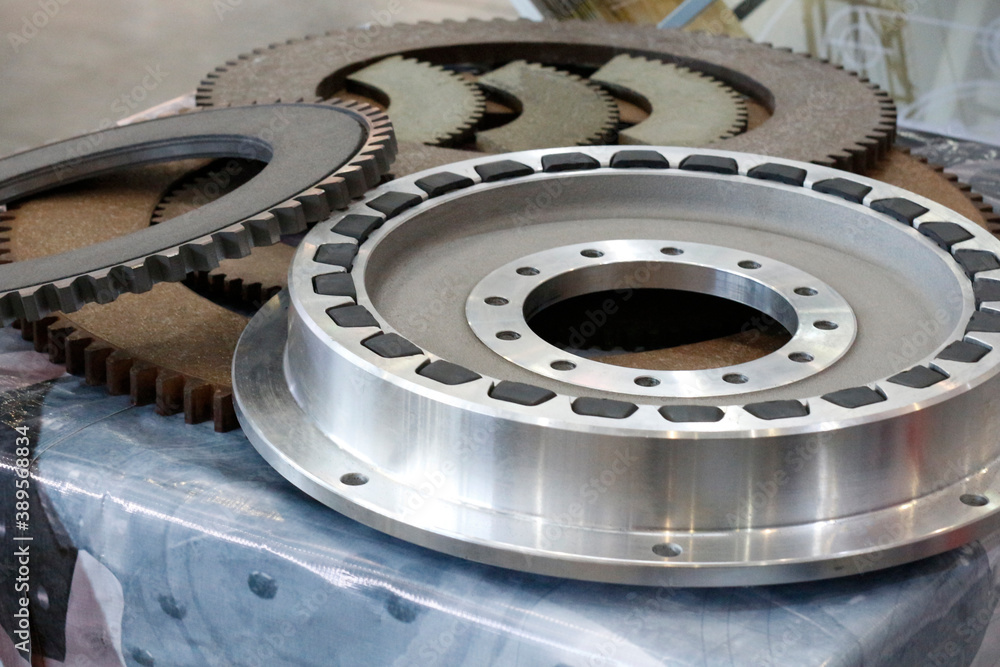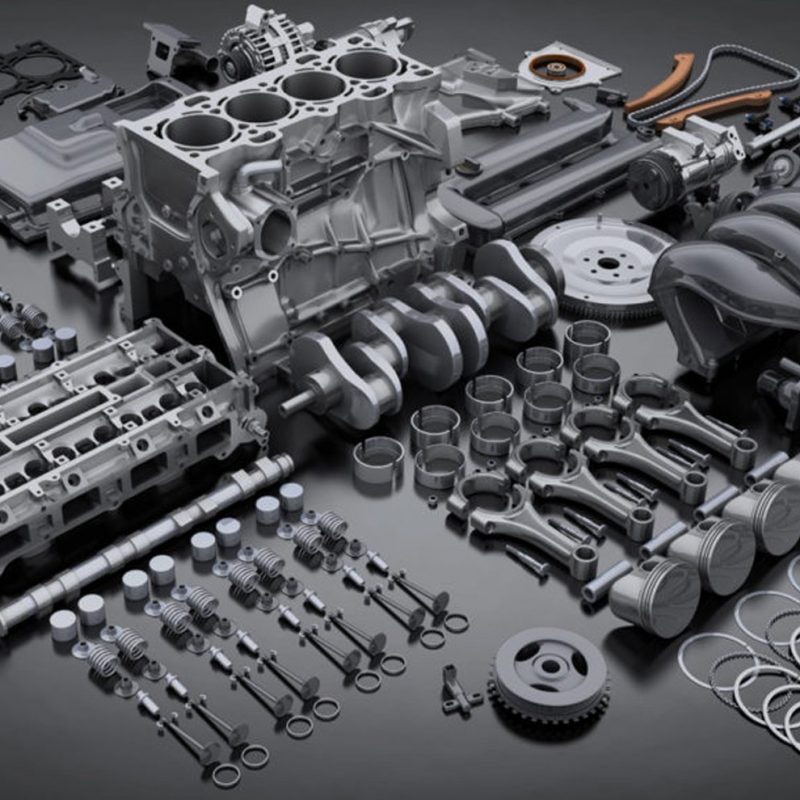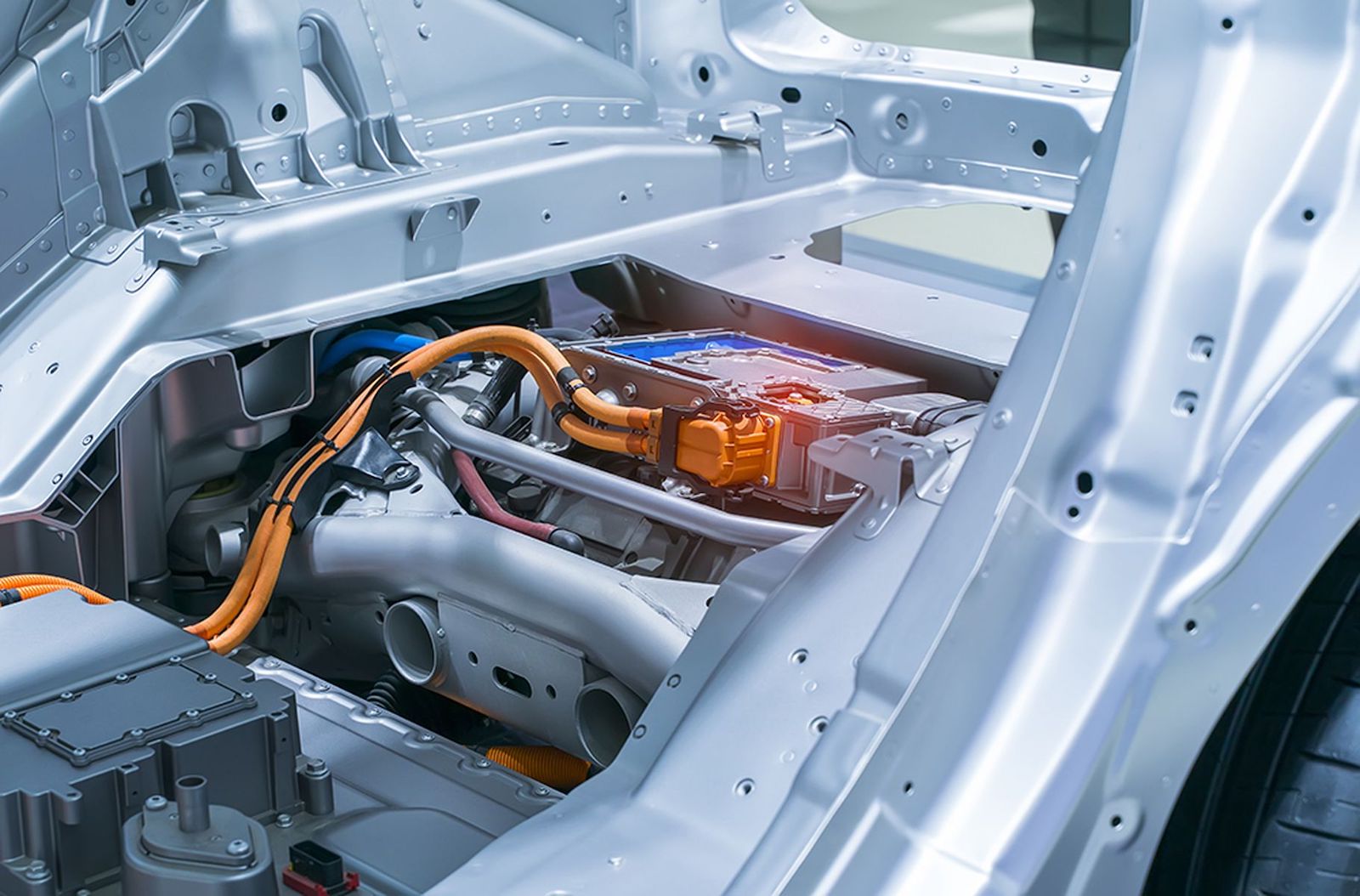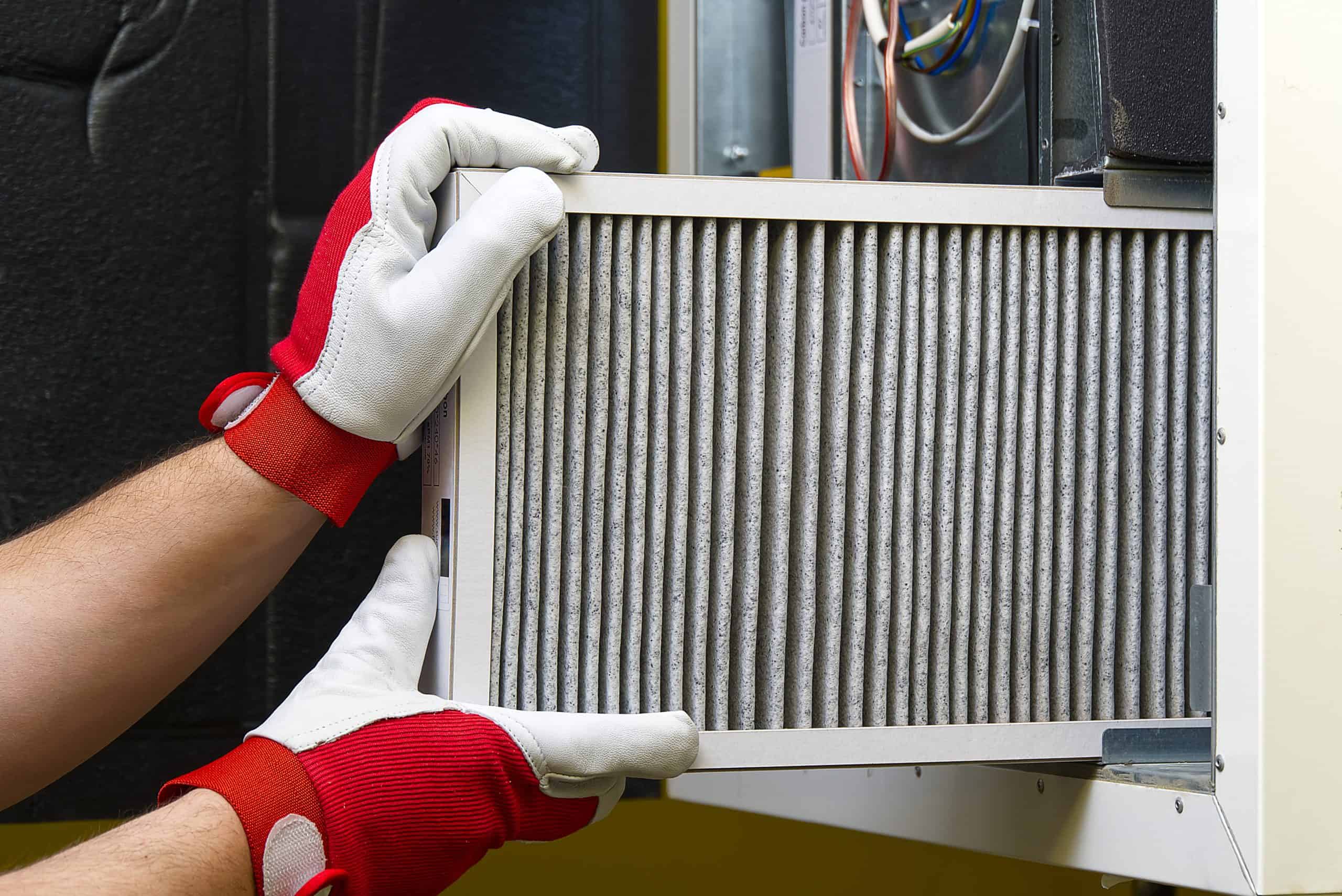The Pros and Cons of Buying Aftermarket vs. OEM Spare Parts
The Pros and Cons of Buying Aftermarket vs. OEM Spare Parts
I. Introduction
A. Explanation of the topic
– The topic of this blog is the pros and cons of buying aftermarket vs. OEM spare parts. We will explore the differences between these types of parts and help readers make an informed decision about which option is best for them.
B. Purpose of the blog
– The purpose of this blog is to provide readers with a comprehensive understanding of the advantages and disadvantages of buying aftermarket and OEM spare parts. By the end of this blog, readers will have a clear idea of the factors they should consider when making a decision about which type of spare part to purchase. This will help them to make an informed decision and ensure that they are getting the best value for their money.
II. Aftermarket Spare Parts
A. Definition
– Aftermarket spare parts are replacement parts that are not produced by the original equipment manufacturer (OEM). These parts are manufactured by third-party companies and are designed to be compatible with a wide range of vehicles.
B. Pros of buying aftermarket spare parts
1. Cost-effective: One of the main advantages of buying aftermarket spare parts is that they are typically less expensive than OEM parts. This can be especially beneficial for those on a tight budget.
2. Wide availability: Aftermarket spare parts are widely available and can be found at a variety of retailers, both online and offline.
3. Variety of options: Aftermarket spare parts are produced by a variety of manufacturers, which means that buyers have a wider range of options to choose from.
C. Cons of buying aftermarket spare parts
1. Quality concerns: While some aftermarket spare parts are of high quality, others may not be. This can be a concern for buyers who are looking for parts that will last a long time.
2. Lack of warranty: Many aftermarket spare parts do not come with a warranty, which can be a problem if the part fails soon after purchase.
3. Risk of counterfeit parts: With the rise of online shopping, the risk of buying counterfeit aftermarket spare parts has also increased. This can be a major concern for buyers as counterfeit parts may not be safe or perform as well as genuine parts.
III. OEM (Original Equipment Manufacturer) Spare Parts
A. Definition
– OEM spare parts are replacement parts that are manufactured by the original equipment manufacturer. These parts are designed to be an exact match to the original parts that came with the vehicle.
B. Pros of buying OEM spare parts
1. Guaranteed quality: OEM spare parts are manufactured to the same exacting standards as the original parts that came with the vehicle. This ensures that they will be of the highest quality and will perform as expected.
2. Warranty: OEM spare parts often come with a warranty, which can provide peace of mind for buyers and protection against defects or problems.
C. Cons of buying OEM spare parts
1. Higher cost: One of the main downsides of buying OEM spare parts is that they are typically more expensive than aftermarket parts.
2. Limited availability: OEM spare parts may not be as widely available as aftermarket parts, which can make it more difficult to find the specific part you need.
3. Lack of variety: OEM spare parts are only produced by the original equipment manufacturer, which means that buyers have a more limited range of options to choose from.
It’s worth noting that the cons for OEM spare parts may vary depending on the brand and model of the vehicle. Some OEM spare parts may be more affordable or easier to find. In general, before buying any spare part, it’s important to check the cost and availability of both OEM and aftermarket parts, as well as the warranty provided by each, in order to make an informed decision.
IV. Comparison of Aftermarket vs. OEM Spare Parts
A. Cost comparison
– The cost of aftermarket spare parts is generally lower than the cost of OEM spare parts. However, it is important to note that the cost of a specific aftermarket part may vary greatly depending on the brand, quality, and availability. In addition, the cost of OEM parts may also vary depending on the brand and model of the vehicle.
B. Quality comparison
– OEM spare parts are manufactured to the same exacting standards as the original parts that came with the vehicle, which means that they are generally of higher quality than aftermarket parts. However, it is worth noting that not all aftermarket parts are of low quality, and some aftermarket parts may be of higher quality than OEM parts. It is important to research the specific brand and quality of both OEM and aftermarket parts before making a purchase.
C. Warranty comparison
– Many OEM spare parts come with a warranty, while many aftermarket parts do not. This can be an important consideration for buyers, as a warranty can provide protection against defects or problems with the part. However, it is worth noting that some aftermarket parts may come with a limited warranty, so it is important to check the warranty on both OEM and aftermarket parts before making a purchase.
It’s important to keep in mind that cost, quality, and warranty are not the only factors to consider when choosing between aftermarket and OEM spare parts. Factors such as availability, brand reputation, and compatibility with your vehicle should also be considered.
V. Conclusion
A. Summary of pros and cons
– In this blog, we have discussed the pros and cons of buying aftermarket vs. OEM spare parts. Aftermarket spare parts are generally less expensive and more widely available, but quality concerns and lack of warranty can be issues. OEM spare parts, on the other hand, are of guaranteed quality and often come with a warranty, but they tend to be more expensive and have limited availability.
B. Recommendations for buyers
– When considering which type of spare part to buy, buyers should consider their budget and the specific part they need. If cost is a major concern and the part is not critical for the proper function of the vehicle, an aftermarket part may be a suitable option. However, if quality and reliability are of the utmost importance, an OEM part may be a better choice. In any case, it’s important to research the specific brand and quality of both OEM and aftermarket parts before making a purchase.
C. Additional resources for researching spare parts
– There are many resources available for researching spare parts, including online forums, consumer reports, and reviews from other buyers. It’s also important to check the warranty, availability, and compatibility of the parts with your specific vehicle. Additionally, it’s worth consulting with a mechanic or a professional in the automotive industry for their opinion before making a purchase.


